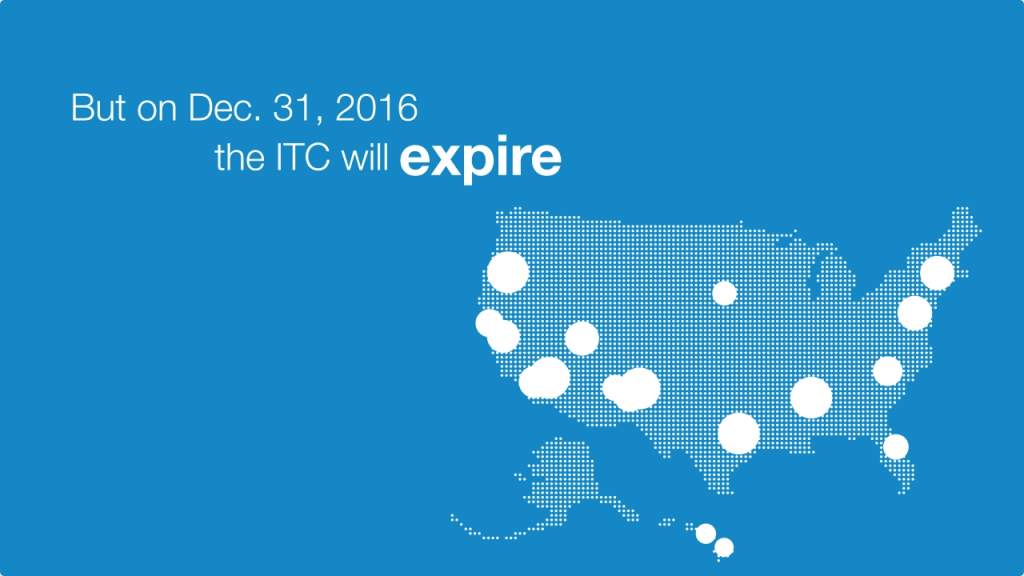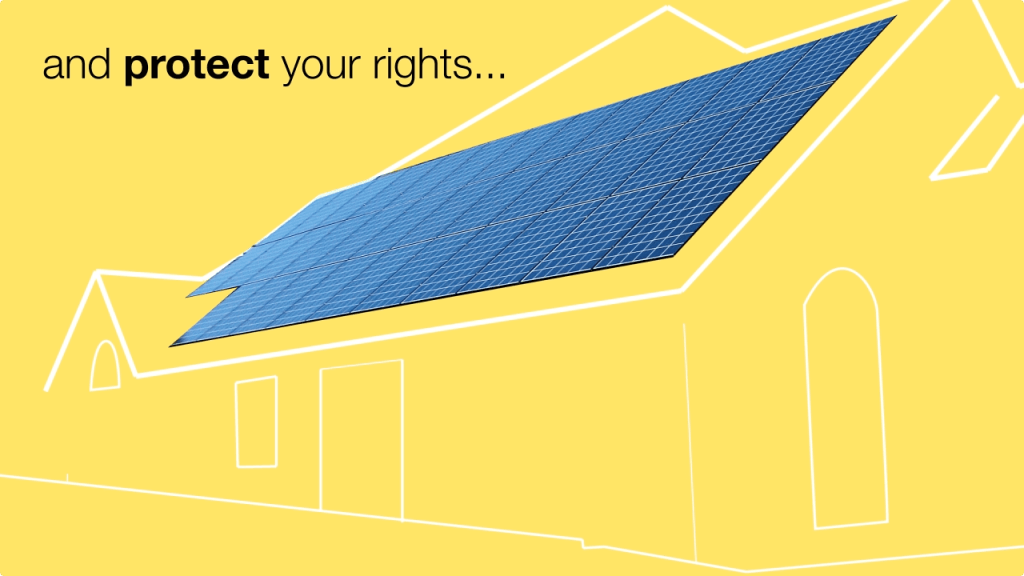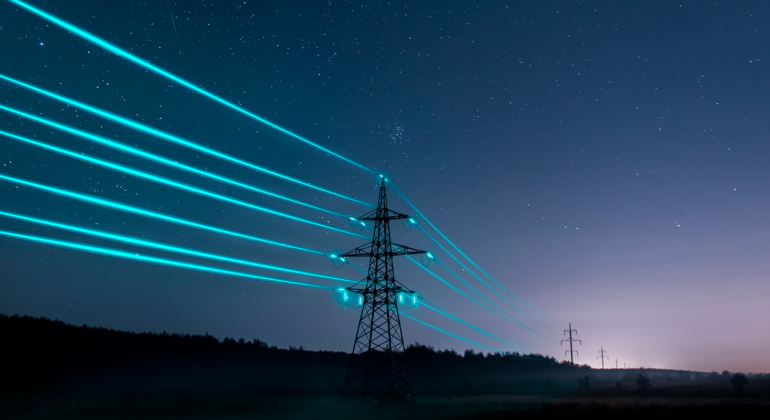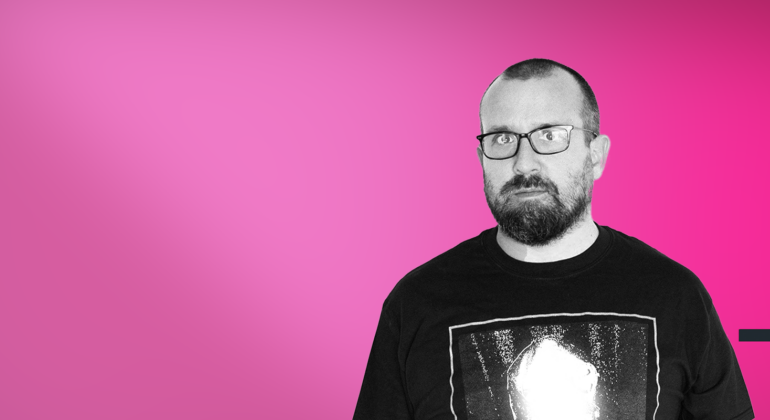If you attended Solar Power International this year, you might have seen SEIA’s call-to-action video to extend the 30% solar investment tax credit (ITC). If you missed it, here it is:
We’re very proud of this video for several reasons. First, it supports SEIA and its ITC extension efforts. Beyond that, we’re also very proud that we were tasked with creating this video in 10 days—and completed it on time. Normally, a motion graphics video of this scope and length would take two months.
6 Key Questions to Ask Before Creating a Motion Graphics Video
1. Who is the client? Before we start any project, we need to get to know the client. As solar industry veterans, Kiterocket team members were very familiar with the Solar Energy Industries Association (SEIA), the main trade organization for the U.S. solar industry, but we hadn’t worked with SEIA until this video project. In general, learning as much as we can about the client helps Kiterocket create a video that closely reflects its existing brand.
2. What is the video’s goal(s)? This is the most important question for any project. The Kiterocket team needs to understand the client’s goals, whether that’s brand recognition, customer education or a specific call-to-action. For this project, SEIA’s main goal was to inspire the solar industry to join SEIA and support its efforts to extend the 30% Solar Investment Tax Credit, commonly known as the ITC.
3. Does the client have a visual style in mind? Some clients know what they want when they contact us, while others will leave the visual style up to us. If clients have examples of what you hope to see on the screen, they’ll often send those ahead of time. In the case of SEIA, it knew it wanted a dynamic motion graphics style that was informative yet compelling, but left us to interpret what that meant visually.
4. What sound style does the client have in mind? While it may seem like an afterthought, music is extremely important to a motion graphics video, as it sets the tone and editing pace. Since SEIA’s goal was to inspire viewers, Kiterocket searched music libraries for a selection of three upbeat and energetic songs. It’s also important to note that we avoided songs with lyrics, because they might distract from the visual information being conveyed.
5. What is the video’s ideal length? SEIA’s original goal was for the video to be 2.5 minutes long, but after analyzing its 1.25 page preapproved script, Kiterocket estimated that the video would be over 3 minutes. When creating a script from scratch, it’s easier to write for an approximate time, but since this script was preapproved, SEIA understood that the length would be longer than planned.
6. What kind of visual content is available? Some clients will already have footage about their product or services. Others will want Kiterocket to film segments, while still others will rely on graphics, photos and stock footage. For our project, SEIA provided Kiterocket with most of the video and photographs, and Kiterocket added to the content so that we could have original footage in every scene.
Video and photos can make a good production, but often that’s not enough to bring messaging to life. For the SEIA video, the Kiterocket motion graphics team created original artwork and animation to make SEIA’s text more vibrant. Beyond the words, it visually enhances and complements the concept, bringing more emotion than words and images alone. Animation is a powerful tool, but it does require more time and budget.
Our Video Development Process
Step 1: Develop the script. Due to the condensed project schedule, it was necessary for SEIA to give Kiterocket a script that was preapproved. More often, clients will have an outline of the story they want to tell, and then Kiterocket’s solar copywriters and visual artists will work with clients to develop fully scripted drafts.
The script development process can not only sharpen messaging, but also substitute text-based information for visual information. As the saying goes, “A picture is worth 1,000 words,” and we always keep that in mind when developing scripts.
Step 2: Develop the storyboard. A storyboard is a visual snapshot of the video’s look and feel, as well as the flow. It may also reveal more areas where graphic text or dialog can be replaced with still images, video or motion graphics. As often as possible, we always want to “show, not tell.” Once an approved draft of the script is created, Kiterocket’s creative team will make the storyboard with the image content and text, and share it with the client.
Step 3: Begin the rough cut and motion graphic design. After consulting with the client on the storyboard and music selection, Kiterocket’s creative team will assemble a rough cut of the video and begin designing motion graphics.

In this animated portion, solar growth regions that were attributed to the solar ITC begin to shrink, enhancing the text.
In the case of the SEIA video, a majority of the raw footage and text were handed to us, so that reduced our turnaround time substantially. Of course, any original location filming would have extended our production timeline, but we had everything we needed in this case. Our task was to put it all together in an attractive and creative way that met SEIA’s previously mentioned goals.
Step 4: First viewing, notes and refinement. After the rough cut is assembled, the client will view and make notes. Kiterocket’s creative team will also review and suggest refinements and potential areas for cuts, while copyeditors will review the video text for typos and other graphic anomalies.
Step 5: Final cut and delivery. After Kiterocket addressed SEIA’s notes and our own internal notes, the video was processed and delivered to SEIA in common .mov and .mp4 digital formats, enabling SEIA to upload the video to a website, YouTube or play on a large auditorium screen in high definition.
“Kiterocket blew us away with their ability to rapidly produce a high-quality, professional, attention-grabbing video that we’re proud to share as our own. If you’re looking to work with a personable, environmentally-friendly agency with a keen attention to detail, look no further – this group is fantastic.”
Rhone Resch, SEIA President and CEO
Of course, every video project is unique, and this one is a great example of why that’s the case. Nevertheless, we hope this case study gives solar marketers an understanding of how a promotional solar video that uses animation and motion graphics is developed, created and delivered.
Tor “Solar Fred” Valenza is the chief marketing officer of Kiterocket’s Solar Lab. Follow him on Twitter at @SolarFred and@ImpressTweets.



